
Hey friends! It seems I’ve gotten around to posting around once or twice a month lately, but if you want more frequent updates, hacks and all the latest on all things food, join me here on my Facebook page where friends and foodies will regale you with their witty and insightful banter.
I once sat with a tarot card reader at a party who told me that I needed to do something creative and with my hands. (She also implied that I was going to come into some type of large fortune, but, unless she meant a pretty decent loquat harvest, so far, no dice.)
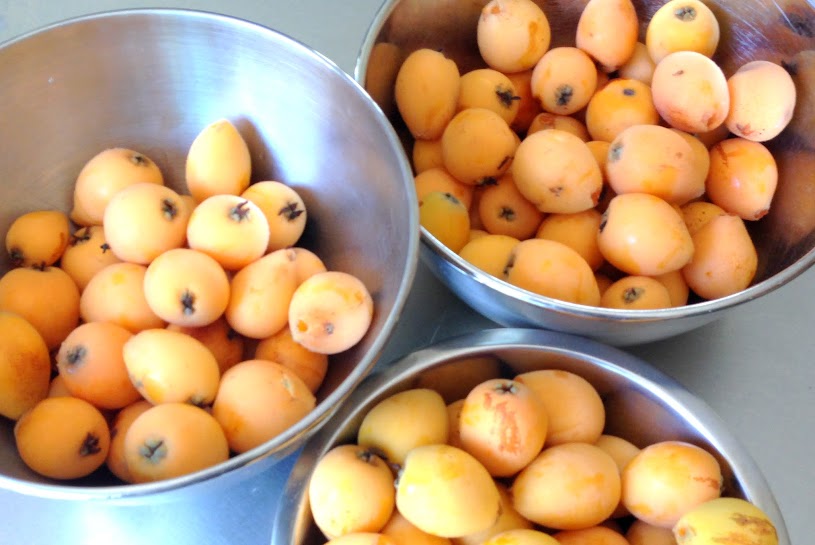
She was right though – I do get great satisfaction from working with my hands and am probably happiest when I’m working in the garden. There was an article recently about how microbes in the soil combat depression. I don’t know if it’s the microbes in the soil or the fantastic conversations I have with the fruit trees, but being barefoot and feeling connected to the Earth definitely does something for me.
Also not long ago, I read a piece in the New York Times about gluten sensitivities. While there are certainly people with bona-fide celiac disease who can’t tolerate any amount of gluten, there are also countless people who believe they have gluten sensitivities that can ultimately be attributed to other things, like commercial leavening ingredients and preservatives.
I’m certainly no expert on the subject, but I am a fan of simple ingredients, so I started making my own bread this past year. It’s been a long road but I’ve finally gotten to a point where I think my bread qualifies as delicious: fragrant, crunchy crust and a moist, stretchy interior with lots of big nooks and crannies to show off the glutinous fibers.
I am not a big fan of cleanup, so I use a bread machine to handle the autolyse (rest), kneading and rising.
I also start with a sourdough starter, which is a living thing and which I consider a pet (Pete!). The older your starter, the more developed and complex the flavors; we’ve had Pete for about 10 years now. Check out Pete’s awesome glutinousness!

But if you don’t have a starter, you can start with the poolish in the recipe below; if you want to make a starter, click here for a recipe and instructions.
I modified a recipe I found online, over time, as I like more moisture in my bread and a little more salt.
ARTISAN BREAD WITH A BREAD MACHINE from Bread Experience with my modifications:
Poolish
1/3 cup (2 5/8 ounces) cool water (about 65°F)
1/2 cup (2 1/8 ounces) European-Style Artisan Bread Flour
1/16 teaspoon (a pinch) instant yeast
Dough
All of the poolish (above)
3/4 cup (6 ounces) cool water, about 65°F
2 1/2 cups (10 3/4 ounces) European-Style Artisan Bread Flour
1 teaspoon instant yeast
1 1/2 teaspoons salt
The poolish:
In a medium-sized bowl, combine all of the poolish ingredients, mixing just till a cohesive dough forms. Allow the poolish to rest, covered, for 12 to 16 hours at room temperature. When the poolish is ready to use, it will be filled with large holes and bubbles.
The dough:
Add the water to the poolish or sourdough starter, and mix till smooth. Add the flour, and the yeast (I add yeast here so that it gets mixed in and protected from the salt, which will come in later), mix till just combined, cover the bowl, and allow the mixture to rest for 20 minutes. This rest period (autolyse, in French) allows the flour to absorb the liquid and the gluten to start its development, making kneading easier and more effective. Add the salt, and knead the dough till it’s fairly smooth but not necessarily elastic, 5 to 7 minutes in a bread machine. (The gluten will continue to develop as the dough rises, so you don’t want to develop it fully during the kneading process.)
This is what the dough looks like when I get to this point. If it’s looking dry, add water just a couple of drops at a time so that it’s moist but not super wet. Sometimes depending on how the dough looks, I might end up adding up to another 1/4 cup of water.

Close the lid on the bread machine and let the dough rise for 1 1/2 hours. To help develop the gluten, distribute the yeast’s food, and expel any excess carbon dioxide, turn the dough every 30 minutes during the rising time: gently fold all four sides into the middle, and turn the dough over.
Transfer the dough to a lightly greased work surface, divide it in half, shape each half into a rough log, cover them, and let them rest for 15 to 20 minutes. Again, this gives the gluten a chance to relax.
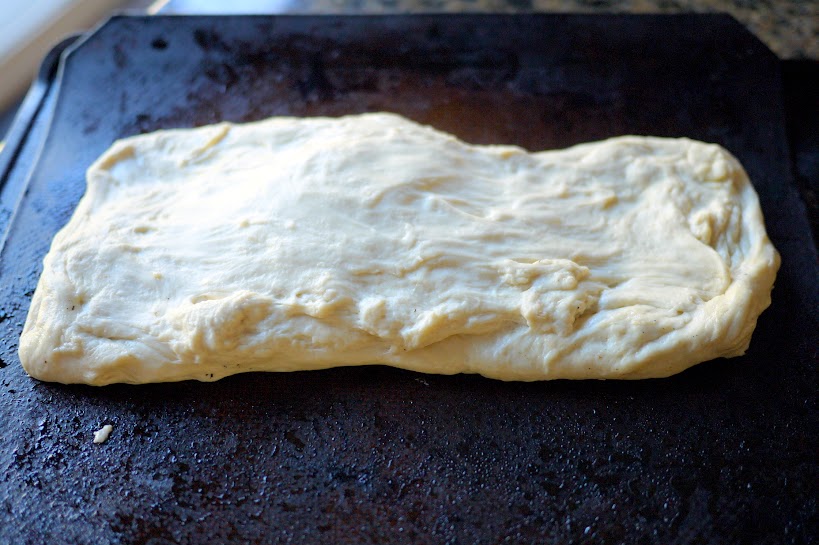
Shape the logs into batards (shorter and fatter than traditional French baguettes) or Italian-style loaves—tapered ovals about 12″ long. Place them on a lightly greased or parchment-covered baking sheet, cover them with an acrylic dough cover, stick them in an oven that’s off (that’s what I do, but I have two ovens), or gently with lightly greased plastic wrap, and allow them to rise, at room temperature, for about 2 hours; they should rise about three-quarters of the way to doubled. If they rise too much they’ll lose their shape in the oven, so be sure they don’t over-rise.
This is how I shape the dough:
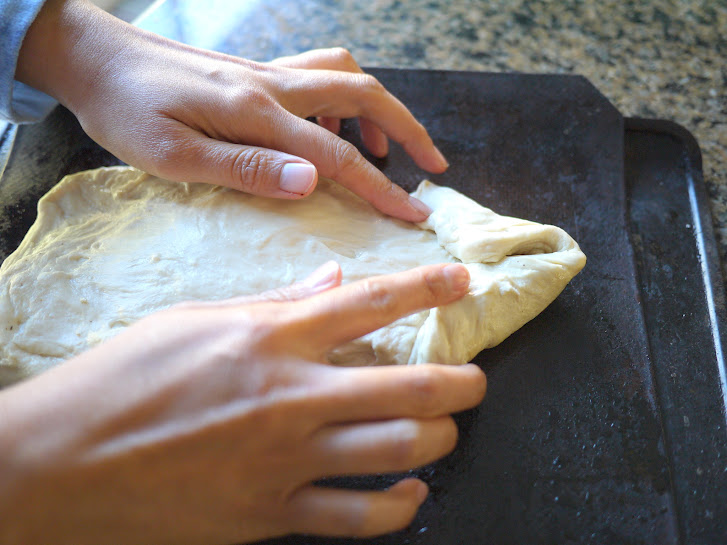



At this point I flip the log over so that the seem is on the bottom.
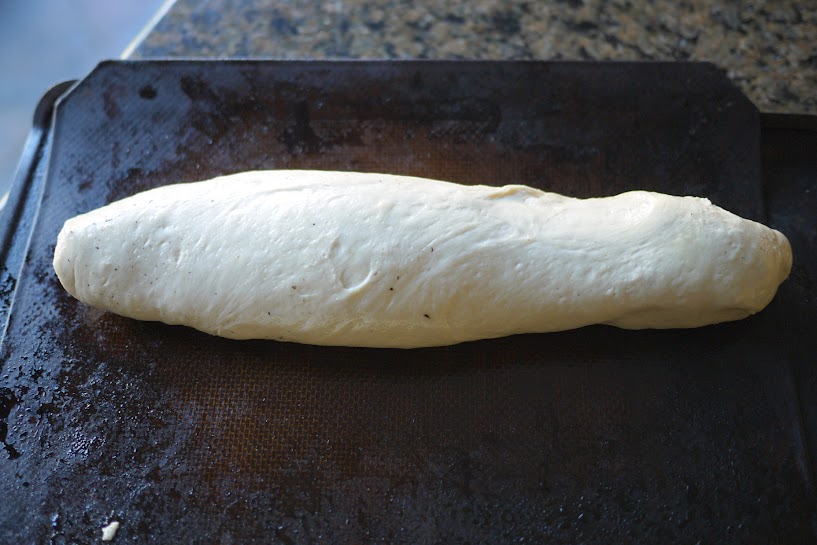
Using a sharp knife or razor, and holding it parallel to the dough*, make four slashes in each loaf. These should be more nearly vertical (running down the loaf) than horizontal (running crosswise), each stretching about one-third the length of the loaf. I find it easiest to do this with a serrated knife whose blade has been dipped in flour. Cut swiftly! Spray the loaves with warm water.
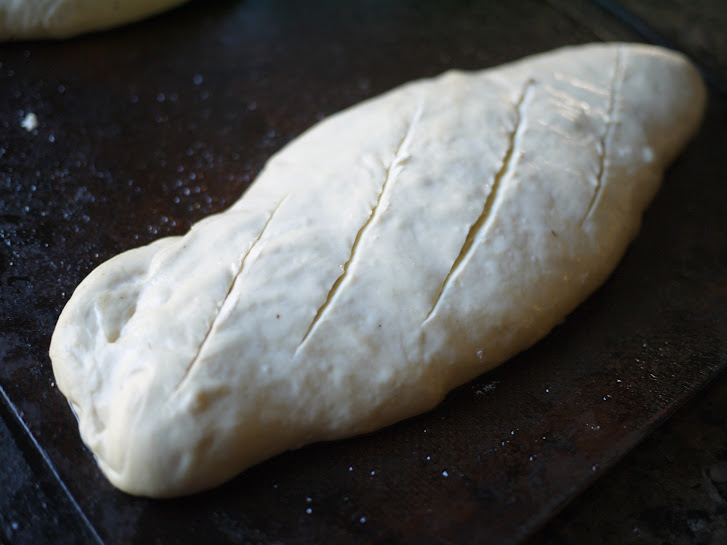
Preheat your oven to 425°F, making sure you give it plenty of time to heat; this bread needs to go into a HOT oven. Bake the bread for 30 to 35 minutes, or until it’s a deep, golden brown.
Note: European bread is generally baked longer than American loaves; if you’re uncomfortable with a very dark crust, reduce the baking time a bit. Turn off the oven, crack the door open about 4 to 6 inches, and allow the bread to cool in the oven; this will help it retain its crunchy crust.
Yield: 2 loaves.
*The blade shouldn’t descend into the dough at a 90° angle; rather it should slice under the surface at about 10° to 20°. This will allow the loaf to rise in a more attractive fashion as it’s baking.

I’ve also broken the dough into 4 mini-loaves, and baked them for lunch-sized portions. Recently, I’ve been adding on sesame and chia seeds — just sprinkle them on right after you’ve sprayed the dough with water, and bake as outlined above.



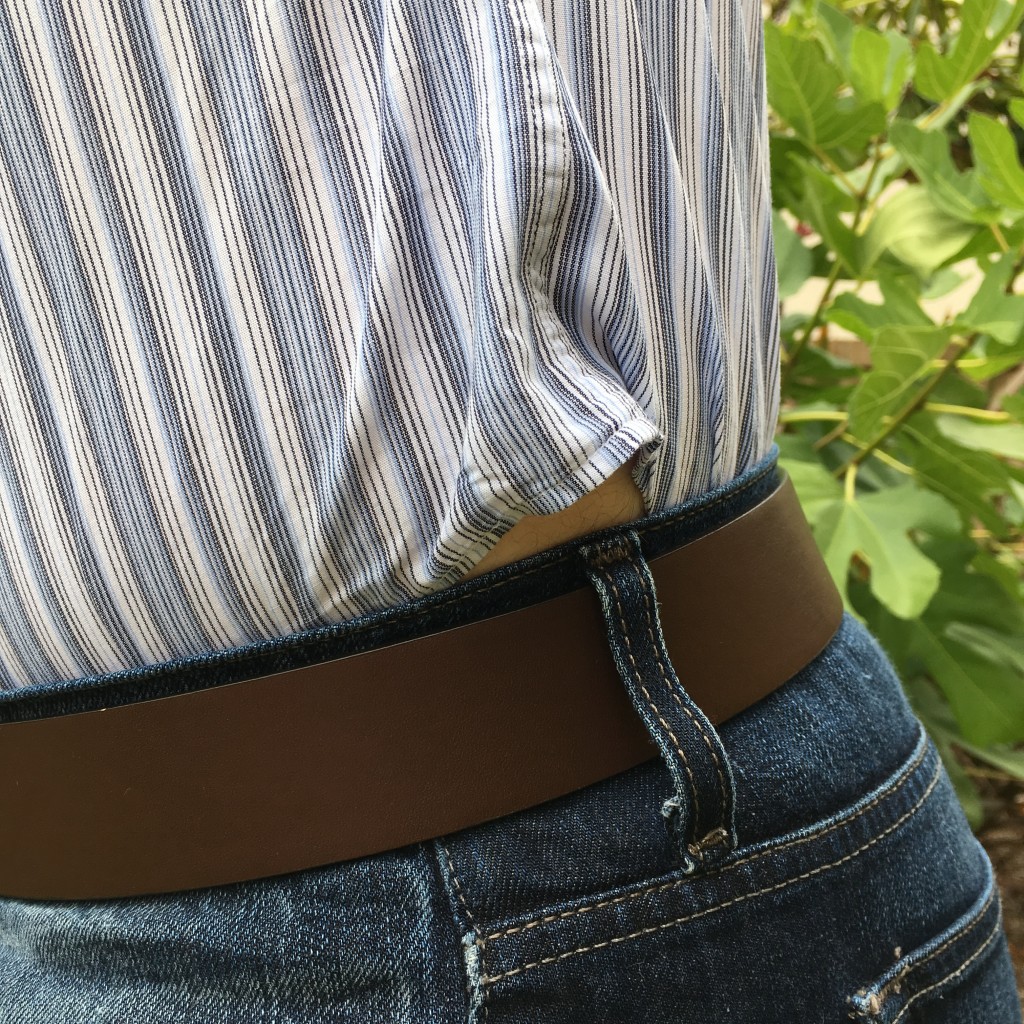










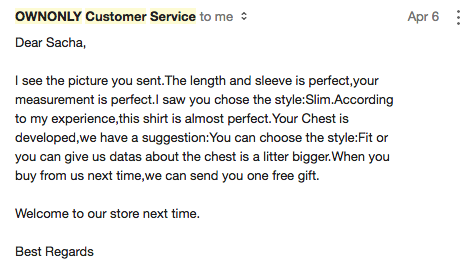








 Home
Home